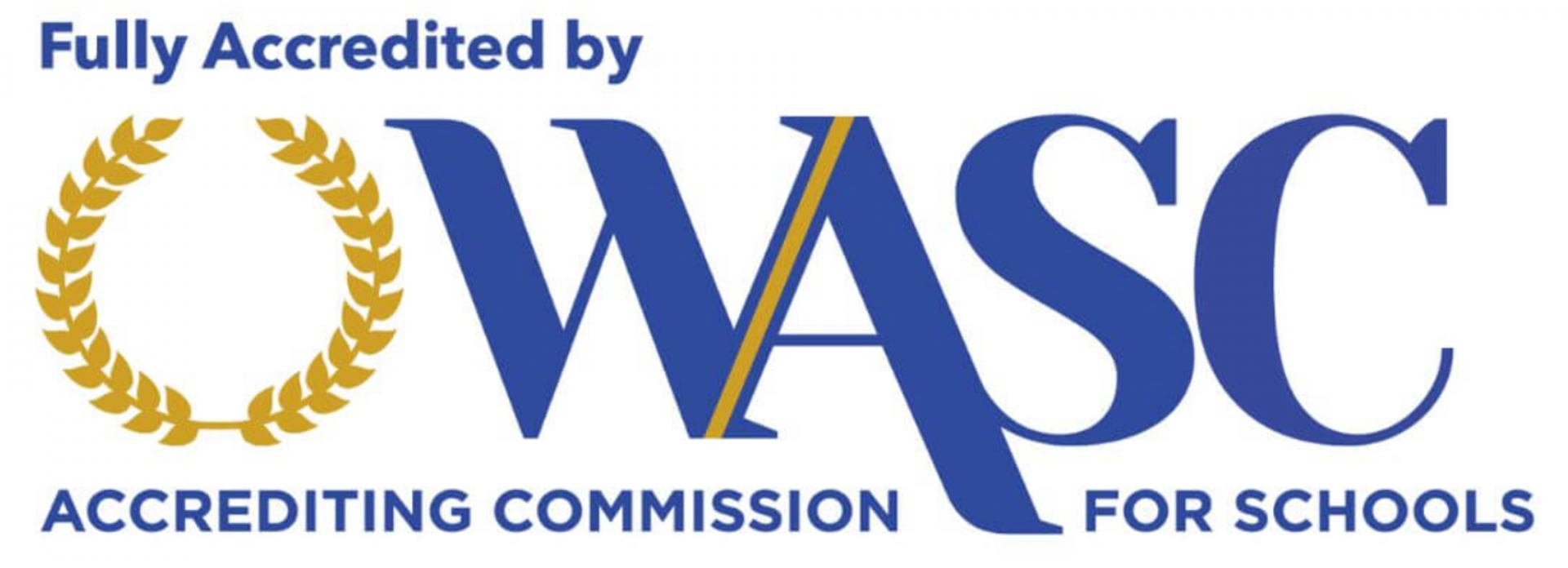Contents [hide]
Advanced Placement US History (APUSH) unit 1 review is a preparation for the first part of the Advanced Placement (AP) U.S. History course. Such a review is important because the subject became more difficult. This research shows the subject requires students to prepare more thoroughly to achieve a good result on the exam.
What Is the Overview of APUSH Unit 1?
“The new APUSH presents a particular pattern of colonization and exploitation as defining the character of the American regime”

This unit covers the period from 1491 to 1607. We will take a closer look at this period and what students need to know to do well on the exam.
What Are the Key Themes and Concepts of Period 1?
This period touches on the first contacts between Native Americans and Europeans. Let’s see a summary of the main topics in the unit kids should be aware of.
| Theme | Explanation |
| Geography and Environment | Climate and land shaped Native American cultures and economies |
| Migration and Settlement | Native groups moved across North America before European arrival |
| Politics and Power | European nations competed for land, wealth, and influence in the Americas |
| Work and Exchange | The Columbian Exchange changed economies and labor systems worldwide |
| Culture and Society | Native, European, and African cultures blended, creating new traditions |
How Does Unit 1 Fit into the AP US History Course?
Unit 1 gives a lot of information about life of Native Americans before other nations invaded their lands. Students need to understand how they lived before that period and what they aimed for. This unit helps them learn all the important details, from how land was divided to how new economies developed.
What Are the Important Dates in the 1491-1607 Timeline?
Students should remember the key dates to understand the order of events in this period. The year 1491 shows different tribes living in North America, each with its own way of life. The year 1492 marks Christopher Columbus coming to the Americas, starting European exploration. Here are some other events kids must know:
| Year | Event | Description |
| 1513 | Spanish Exploration | Juan Ponce de León traveled to Florida, showing early Spanish presence |
| 1565 | St. Augustine Founded | Spain established the first permanent European settlement in the U.S |
| 1585 | Roanoke Colony | The English attempted to settle Roanoke, but the colony disappeared |
| 1607 | Jamestown Founded | The English established the first permanent colony in Virginia |
How Did Native American Societies Function Before European Arrival?

Native American groups built strong communities before Europeans came. Each group used the land in its own way. Many groups lived in large villages with leaders.
What Were the Major Native American Societies and Their Social Structures?
Major societies in this period include groups in the Northeast, Mississippi Valley, and Southwest. Let’s see these major societies and their characteristics:
| Society | Region | Social Structure |
| Pueblo | Southwest | Lived in villages with adobe houses; used irrigation for farming |
| Iroquois Confederacy | Northeast | Formed a political alliance of tribes; had councils and matrilineal leadership |
| Mississippian | Southeast | Built large mound cities; had complex class systems with chiefs and priests |
| Plains Tribes | Great Plains | Lived in mobile groups; relied on bison hunting and warrior traditions |
| Chinook | Pacific Northwest | Developed strong trade networks; had a hierarchical society with social classes |
How Did Maize Cultivation Impact Native Societies?
Maize, also known as corn, was a favorite crop of Native Americans. Growing corn allowed them to focus less on gathering other foods and hunting. Farming maize brought people together and helped communities grow, improving relationships between different groups. The economy also got better because, besides farming, people started trading maize.
What Were the Complex Labor Systems in Place?
Native societies used shared work systems before Europeans came. People helped each other with different tasks. Let’s try to understand more about key labor systems used by different groups:
| Labor System | Description | Societies That Used It |
| Agricultural Labor | People planted different crops. They grew maize to make food, beans to add nutrients to the soil, and squash to protect other plants | Pueblo, Mississippian |
| Hunter-Gatherer Economy | Some groups moved from place to place. They followed animals for hunting, gathered berries and nuts, and searched for fresh water | Plains Tribes, Great Basin |
| Tribute Systems | Poorer people worked for their leaders. They helped grow food in the fields, built homes from wood and clay, and gave part of what they made to the rulers | Mississippian, Aztec |
| Trading Networks | Some tribes made special goods. They crafted tools from stone and wood, wove baskets for carrying food, and traded their work with other groups | Chinook, Iroquois |
| Fishing and Maritime Economy | People near the ocean depended on fishing. They caught fish with nets, built boats to travel across water, and used shells and bones for tools | Chinook, Algonquian |
What Was the Impact of European Exploration During This Period?

European exploration had a major impact on the Americas, Europe, and Africa. Native populations dropped fast after contact. Europeans began to claim land and change the culture.
How Did the Columbian Exchange Affect the Americas and the Old World?
The Columbian Exchange moved goods, and ideas between the Old World and the Americas:
| Region | Positive Effects | Negative Effects |
| Americas | New animals like horses and cattle improved farming and transportation. | Diseases like smallpox led to the decline of Native populations. |
| Europe | New crops like potatoes and corn improved diets and increased population. | The demand for cash crops like sugar led to the expansion of slavery. |
| Africa | New foods like maize and peanuts became part of local diets. | The Atlantic slave trade grew due to labor demands in the Americas. |
What Role Did Christopher Columbus Play in European Exploration?
Christopher Columbus’ journey in 1492 connected Europe and the Americas. His expeditions brought big changes to both places:
- Connection between the Old World and the New World
- Exchange of goods
- Harm to Native Americans
- His success made Spain and other countries want to explore more lands
- He took control of Caribbean islands and started European settlements
How Did European Settlement Alter the Native Landscape?
This brought many changes. Here are the most important changes students should know:
| Change | What It Means? |
| Deforestation | Europeans cut down trees to make farms and build homes |
| New Animals | Horses and cows helped Native Americans hunt and farm in new ways |
| Loss of Land | Native Americans had to leave their land because Europeans fought with them and took more space |
| Introduction of Cash Crops | Colonists planted tobacco and sugar, which changed the land and made it harder for nature to stay the same |
| Decline of Native Populations | Many Native Americans got sick or died in battles, so their groups became smaller |
How Did the Encomienda System Affect Native Populations?

This system gave land and labor to Spanish settlers. Natives were forced to work. Many Natives died from hard work and disease. The system helped Spain grow rich but harmed Native groups.

What Was the Purpose and Function of the Encomienda System?
The main goals of the encomienda system were labor for Spanish settlers and expansion of Spanish rule. Another goal was to spread of Christianity to change people’s mind and get certain control over them.
How Did the System Influence Social and Labor Structures?
The system created a new social order. Let’s see how the system influenced colonial society:
| Group | Role in the System |
| Encomenderos | Spanish settlers who controlled Native labor and land |
| Native Workers | Forced to work in exchange for supposed “protection” |
| Missionaries | Used the system to convert Natives to Christianity |
| African Slaves | Brought to the Americas as Native populations declined due to disease and overwork |
What Were the Long-Term Effects on Native Societies?
The encomienda system had lasting effects on Native American communities. Similar systems of forced labor continued even after the first one was officially abolished:
- Native populations were greatly reduced due to mistreatment and disease
- Many Native groups lost control of their land and resources
- Spanish settlers began using African slaves as Native laborers died
- Native traditions and social structures were weakened by Spanish rule
How to Prepare for the AP US History Exam on Unit 1?

Every student wants to stand out and get a score of 5 on the exam. Such students should understand the big ideas, not just names and dates. Practice questions help students get used to the test style. Legacy Online School gives all the information and tools to help kids fully understand this unit.
What Are the Essential Study Tips and Resources?
We studied the advice of kids who achieved the highest score in the subject. We highlighted three key tips every student preparing for the exam can use:
- Don’t skip analyzing mistakes made on practice test exams. Reviewing errors helps identify which topics need more attention
- Learn breathing techniques to stay calm if you start feeling nervous. Even usually relaxed students sometimes panic on test day, which affects their results. Breathing exercises help avoid this
- Prepare for at least three months since the subject is complex, and understanding all topics takes time
Legacy Online School helps students achieve their best results on this exam. Our school provides a lot of AP classes and study resources in different formats. These formats make them ideal for every student. Teachers in our school give books and other materials based on the latest updates from the College Board, so students use the right resources. Students can also review official College Board resources and guides to better understand what to expect on the exam this year.
How to Utilize AP Credit and College Board Resources?
Earning AP credit can help students save time and money in college. The College Board provides resources students can use in their preparations for the exam:
- Use AP Classroom
- Check AP credit policies
- Take practice exams.
What Key Terms Should Students Focus On for the History Exam?
Students should learn the meaning of key terms for this unit. Here are the most essential terms for Unit 1:
| Term | Definition |
| Columbian Exchange | The transfer of plants, animals, and diseases between the Old and New Worlds |
| Encomienda System | A Spanish labor system that forced Native Americans to work for settlers |
| Mercantilism | An economic system where colonies provided wealth to their mother country |
| Triangular Trade | A trade network connecting Europe, Africa, and the Americas |
| Mestizo | A person of mixed European and Native American ancestry |











